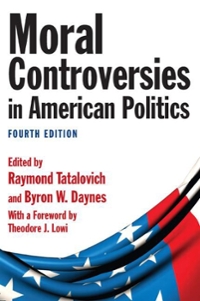Question
In April 2004, Boeing launched the new 787 Dreamliner with 50 firm orders from All Nippon Airways of Japan. Boeing aimed to secure 200 firm
In April 2004, Boeing launched the new 787 Dreamliner with 50 firm orders from All Nippon Airways of Japan. Boeing aimed to secure 200 firm orders by December. However, by December 2004, Boeing had only 52 orders. Then Airbus introduced the A350, a derivative of the existing A330, enhanced with a new wing, more fuel-efficient engines, and other new technologies. Airbus's Chief Commercial Officer, John Leahy, predicted that the A350 would draw Boeing customers and so "put a hole in Boeing's Christmas stocking." (Source: "350: Airbus's counter-attack,"Flight International, January 25, 2005.)
(a)
Draw a timeline to mark when a manufacturer incurs the costs of development and production.
(b)
How would the costs of developing the 787 Dreamliner vary with the total quantity manufactured?
(c)
Referring toFigure 7.5, compare Boeing's average cost with cumulative production of 50 and of 200 units. (Note that, inFigure 7.5, the average cost is not absolute but rather indexed to 100 with production of the first unit.)
(d)
Suppose that the price of a Boeing 787 is $120 million and that Boeing would just break even on the costs of development ($10 billion) and manufacturing with cumulative production of 200 units. How much would Boeing lose with cumulative production of 50 units?

Step by Step Solution
There are 3 Steps involved in it
Step: 1

Get Instant Access to Expert-Tailored Solutions
See step-by-step solutions with expert insights and AI powered tools for academic success
Step: 2

Step: 3

Ace Your Homework with AI
Get the answers you need in no time with our AI-driven, step-by-step assistance
Get Started


